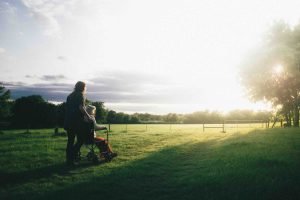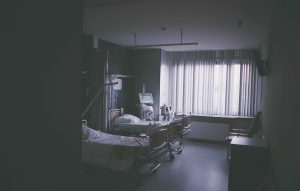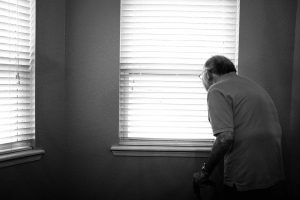Elder abuse in an Orange County nursing home can be difficult to identify no matter what form the abuse takes. Yet some types of nursing home abuse are even more difficult to identify than others because they do not have obvious physical signs and symptoms. There are many different forms of nursing home abuse, including physical abuse, sexual abuse, willful deprivation, passive neglect, and psychological or emotional abuse. With many of those forms of abuse, friends or family members might see physical signs, like cuts or bruises, restraint marks, or bedsores. Yet when it comes to psychological abuse, the signs are not always as prominent.
We want to tell you more about psychological abuse, and to encourage you to seek help from a nursing home abuse lawyer if you have suspicions of abuse or neglect affecting your elderly loved one.
Understanding Psychological Abuse in a California Nursing Home
 Southern California Nursing Home Abuse Lawyer Blog
Southern California Nursing Home Abuse Lawyer Blog















